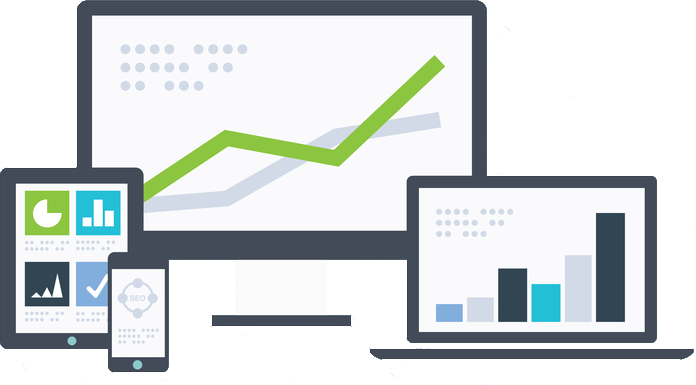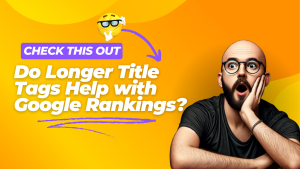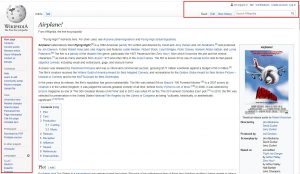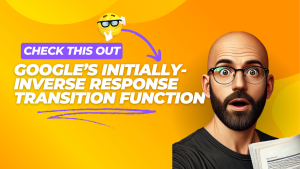If Source Context defines why your site exists, the Central Entity defines what it’s about. It’s the primary subject, entity, or theme that anchors your website’s topical map. Everything you publish, from cornerstone pages to blog posts to supplementary guides, should tie back to this Central Entity.
Search engines thrive on consistency. They want to understand what your site is “about” at a semantic level. Without a clear Central Entity, your content looks scattered, your topical authority weakens, and search engines may classify your site incorrectly. With a Central Entity in place, your content has direction, structure, and a unifying theme that algorithms (and users) can recognize instantly.
Definition of Central Entity
The Central Entity is the main subject or “thing” that consistently appears across your site’s content. It’s not just a keyword. It’s a recognized entity (in Google’s Knowledge Graph, Wikidata, or Wikipedia) that serves as the foundation of your topical coverage.
Characteristics of a strong Central Entity:
- Appears consistently site-wide. From homepage messaging to blog posts to anchor text, it shows up everywhere.
- Connects core and supplementary content. The Central Entity appears in cornerstone guides as well as in supportive articles that give context.
- Surfaces in n-grams and boilerplate. Site-wide patterns (navigation menus, footers, headings) reinforce the entity.
- Guides interlinking. Internal links use the Central Entity and its synonyms in anchor text to strengthen semantic ties.
Put simply: The Central Entity is the semantic hub that everything else points back to. Without it, you don’t have a true topical map. You just have disconnected articles.
Why It’s Important
Choosing and reinforcing a Central Entity matters because it acts as the semantic anchor for both search engines and users.
- It builds clarity for search engines. Google’s leaked documentation shows signals like siteFocus and siteRadius, which measure how closely a site’s content sticks to a central theme. A well-defined Central Entity gives Google a clear “lens” through which to classify your site.
- It compounds topical authority. When every new piece of content connects back to the same entity, you build a cluster effect. Over time, this makes your site the go-to authority for that subject.
- It helps guide content planning. A Central Entity serves as the reference point when deciding what belongs on your site. If a topic doesn’t connect back to the entity, it probably doesn’t belong.
- It improves user understanding. Visitors instantly grasp what your site is about and why it’s valuable. A dog nutrition site with “Dog Nutrition” as its Central Entity feels coherent and trustworthy; a site with scattered topics feels like noise.
- It future-proofs your topical map. As Google evolves to favor entities and semantic consistency, having a defined Central Entity ensures your site aligns with those shifts.
Examples of Central Entities
Let’s look at how different site types can define their Central Entity:
- Fitness Tracker Reviews Website
- Central Entity: Fitness Trackers
- Core content: in-depth reviews, product comparisons, buying guides
- Outer content: health app integrations, training plans, accessory recommendations
- Pet Nutrition Blog
- Central Entity: Dog Nutrition
- Core content: diet guides, food reviews, ingredient breakdowns
- Outer content: breed-specific feeding tips, vet interviews, homemade recipe guides
- Local Home Services Site
- Central Entity: Plumbing Services
- Core content: emergency repairs, water heater installs, drain cleaning
- Outer content: seasonal maintenance checklists, DIY troubleshooting tips
- Tech Comparison Website
- Central Entity: Mobile Phones
- Core content: model reviews, brand comparisons, buying guides
- Outer content: accessories, mobile apps, troubleshooting tutorials
Notice how the Central Entity is broad enough to allow related topics but focused enough to unify the content. (We’ll dive deeper into the distinction between core content and outer content in an upcoming note.)
Common Mistake
A frequent mistake is picking a Central Entity that’s either too narrow or too broad.
- Too narrow: “Mobile Phone Reviews” – limits your ability to cover accessories, OS features, or industry trends.
- Too broad: “Technology” – makes it nearly impossible to build a coherent topical map without diluting authority.
Another mistake is treating a Central Entity as a keyword instead of a recognized entity. For example, “Best Cheap Phones 2024” is a query, not a Central Entity. A stronger choice would be “Mobile Phones,” which has a recognized entry in resources like Wikipedia and Google’s Knowledge Graph.
Best practices when selecting your Central Entity:
- Align with your Source Context. If your Source Context is “Home Décor E-commerce,” your Central Entity might be “Home Décor” or “Furniture.”
- Use recognized entities. Cross-check Wikipedia, Wikidata, or Google’s Knowledge Panels to ensure your entity is well-defined.
- Stay flexible. The Central Entity should allow multiple layers of coverage including core topics and supplementary content.
Bottom Line
Your Source Context explains why your site exists. Your Central Entity explains what it’s about.
Together, these two concepts create the foundation for building a topical map that scales authority, aligns with search engines’ entity-first approach, and justifies your site’s place in the SERPs.
Without a Central Entity, your content is fragmented. With one, you have a clear anchor for your strategy, for search engines, and for your audience.
Stay tuned: in an upcoming note, we’ll break down the role of core content versus outer content, and how each works together with your Central Entity to strengthen your site’s topical map.



